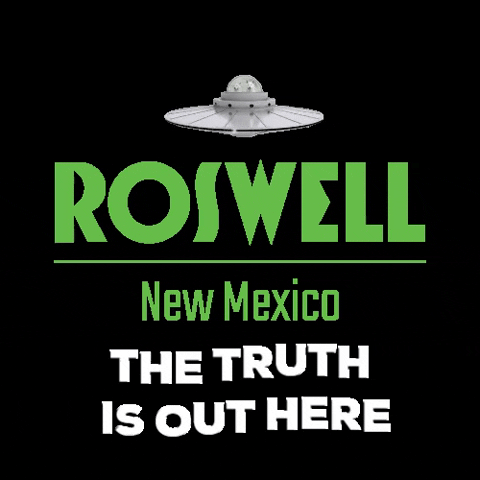top of page
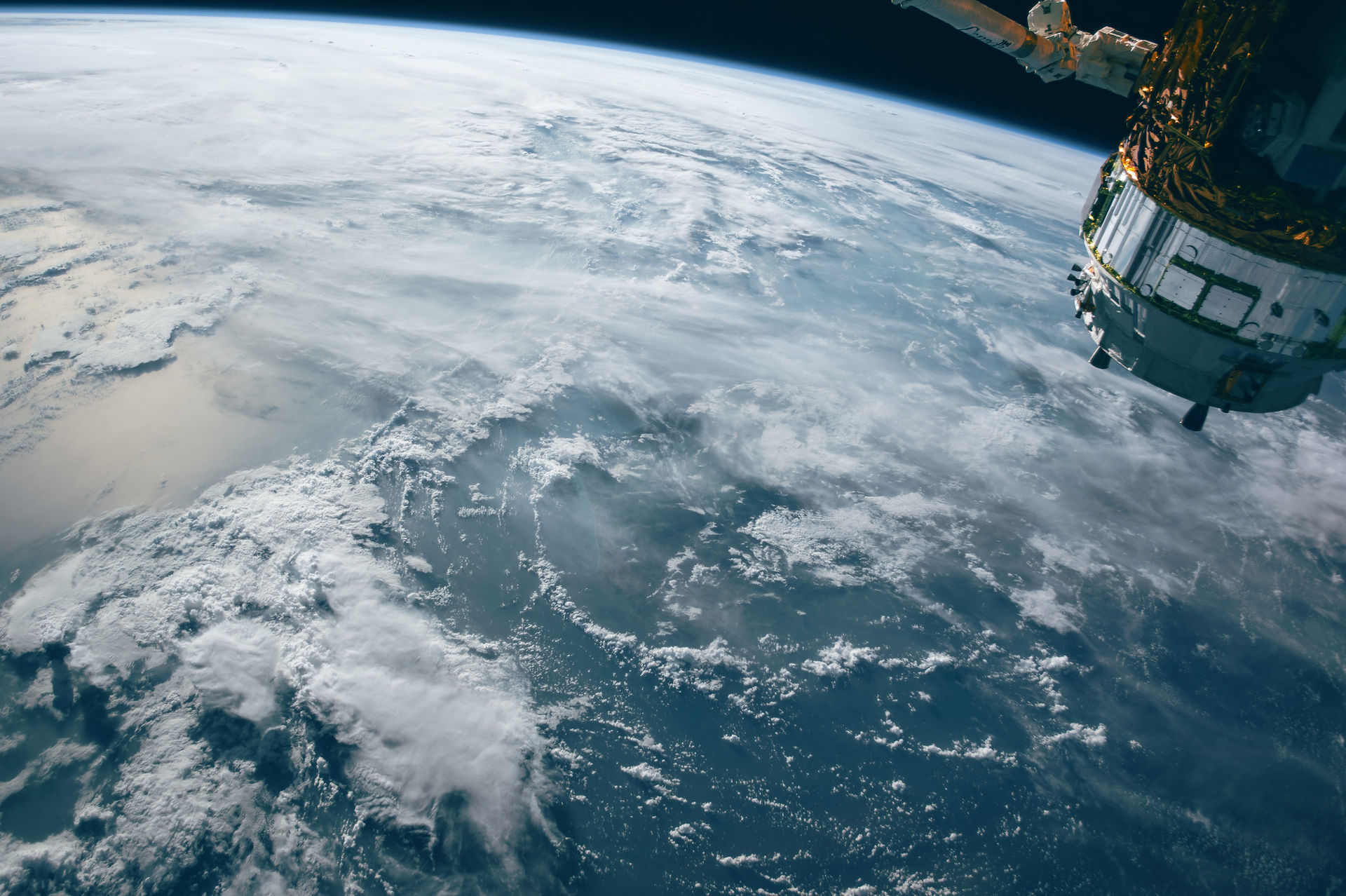




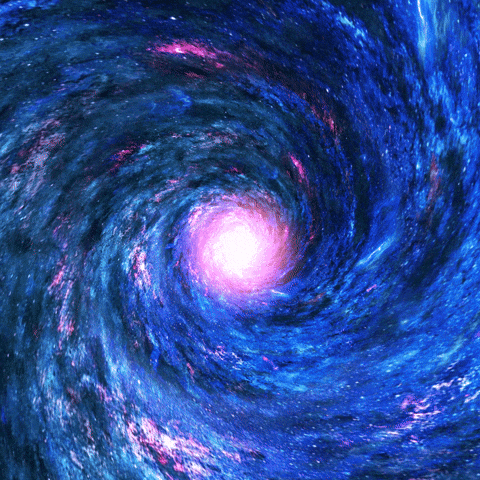
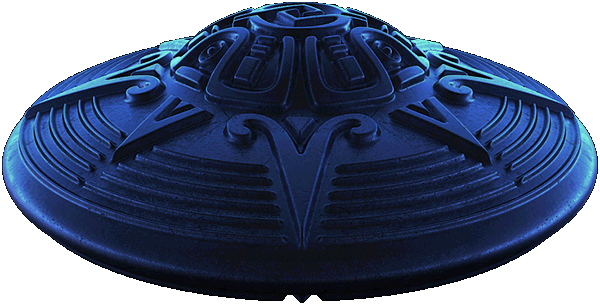

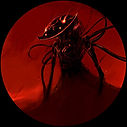
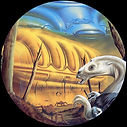

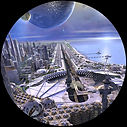

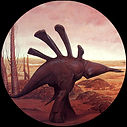

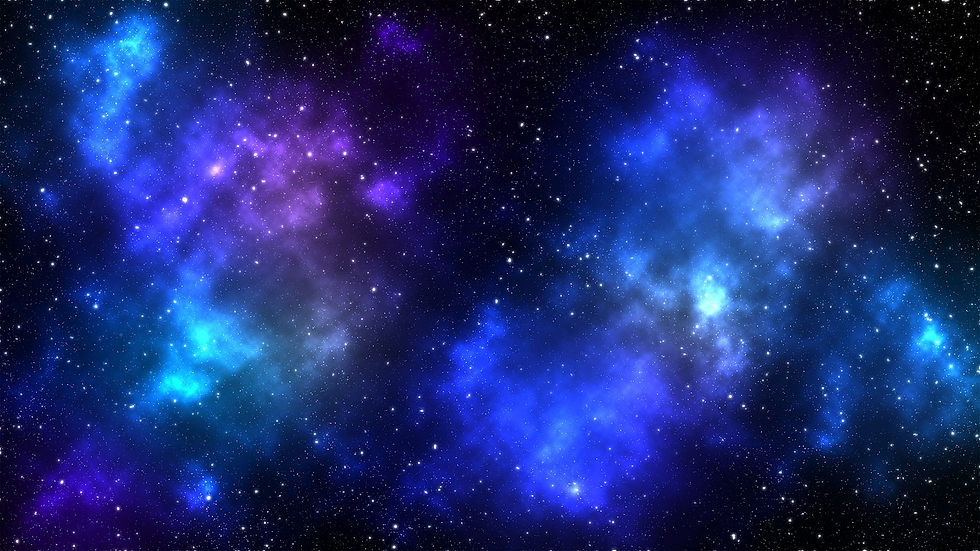
UFOS BC
What's New
The Musgrave Files - Updated March 11th, 2025
Recently Reported UFO and UAP Sightings! - February 16th, 2025
UFO Talker Season 3 Episode 7 with UFO*BC - PodCast Interview - Dec 11th, 2024
Past Events
UFO Talker - PodCast Interview - March 29th, 2023
UFO*BC Canadian Mint COIN 2022
Dedication to Steve Adair : April 13th 2022
UFO*BC was proud to be part of the 2021 Multi-metropolitan International UFO/UAP Press Conference.
August 21st 2021, Details HERE'


BC
B.C. has second highest number of UFO sightings in Canada
Spy balloon, meteor, or UFO?
People have been spotting objects in the sky for decades and in 2022 alone Canadians reported 768 UFO sightings.
Internet searches for the term 'UFO' have increased by 1,150 per cent increase across the country too.
A recent survey by BonusFinder Canada found that B.C. saw the second highest number of alleged UFO sightings in Canada.
The study analyzed data from the National UFO Reporting Centre State Report Index and used records from 1998 and onward.
Ontario reported 2,416 UFO sightings, each lasting an average of 14.42 minutes. B.C. came in second with 1,163 sightings. However, the encounters lasted an average of 22 minutes.
An alleged sighting dated Apr. 22, 2022, was described by a resident travelling along the highway between Duncan and Ladysmith who saw two large square crafts blinking red and green. The alleged sighting lasted 15 minutes.
Another recollection states that a person saw two UFOs hovering in their backyard, at around 40 or 50 feet high.
Overall, Canada ranked second among countries with most UFO sightings with Canadians reporting 5,696 sightings.
U.S.A. took first place with a staggering 126,094 sightings being reported.

Nasa promises transparency as it steps up UFO research
Droplets of urine or an extra-terrestrial species?published at 19:08 14 September 2023
19:08 14 September 2023
Zaria Gorvett
Senior journalist, BBC Future
Media caption,
US military shares UFO videos filmed by Navy officers
Over the past few months, Nasa has been sifting through hundreds of UAP reports for its first ever serious investigation of them.
But what distinguishes intriguing incidents from tall stories, or simple cases of mistaken identity?
According to David Spergel, the chair of Nasa's UAP study, there is one easy explanation for the vast majority of UAP sightings: tricks of perspective.
There’s the time British astronaut Tim Peake accidentally mistook droplets of Russian urine for the lights of approaching alien spaceships, or the moment a veteran pilot flew past a suspicious object above Virginia Beach, only to discover that it was a Bart Simpson balloon.
However, for those incidents that do remain unexplained, it has never been more important to understand what’s really going on.
From intriguing new weather phenomena to atmospheric junk, if there is something strange going on in our skies, it may pose a threat to aviation.
And of course, on the outside chance that we did receive a visit from an advanced extra-terrestrial species – well, it would be a shame if we didn't even notice that they had turned up.
Read more from BBC Future about the UAP reports piquing Nasa's interest.
-
Watch: Why are some people obsessed with UFOs?published at 19:06 14 September 2023
19:06 14 September 2023
According to experts - like UNC’s Professor of Religion Studies, and author of American Cosmic: UFOs, Religion, Technology, Diana Pasulka - UFO sightings tend to increase during times of upheaval and crisis.
You can check out the video below to see why this happens.
Media caption,
What makes some believe in UFOs more than others?
-
What we learned from Nasa's scientists todaypublished at 18:36 14 September 2023
18:36 14 September 2023
Image source, Getty Images
Disappointingly for many, there was no definitive confirmation that there is alien life out there. But there was a lot of enthusiasm for a continued search.
In brief, here's what we learned from the team of scientists today.
-
Nasa is "looking for signs of life, past and present" beyond Earth
-
Scientists say they want the discussion of UAPs (Nasa's term for UFOs) to shift from "sensationalism to science"
-
Most UFO sightings are explicable, but a "small handful" cannot be immediately identified as "known human-made or natural phenomena"
-
There is no evidence that UAPs come from outer space - they just don't know what they are
-
Nasa will continue to investigate reports of UAPs, including by increasing the volume and quality of data, using AI and involving the wider public
-
Nasa has appointed a new director of UAP research, but is not naming them
-
It's findings will be "transparent" - including if it ever discovered signs of extra-terrestrial life
-
-
How hardcore UFO enthusiasts reactedpublished at 18:24 14 September 2023
18:24 14 September 2023
Mike Wendling
US disinformation reporterNasa is going to have a hard time winning over the most hardcore elements of what might be described as the “UFO community” – people who are convinced that aliens are zipping through our skies, and that the government is covering it up.
Some of these fervent believers fixated on Nasa chief Bill Nelson’s comments about the origins of UAPs.
“UAPs are not extraterrestrial” is how one account characterised his comments – and many others scoffed.
But that’s not actually what Nelson said.
The Nasa chief said there was “no evidence” that UAPs had an extra-terrestrial origin, pointing out: “We don’t know what they are.”
It’s an important distinction – “no evidence” doesn’t mean “debunked” or “disproven”. It’s an open question.
Perhaps more interestingly, today Nasa officials said it’s almost a sure bet that scientists will find many earth-like planets in space.
That in itself would be tremendously exciting, with the potential to revolutionise our understanding of our place in the universe – even if aliens aren’t zipping around in flying saucers and burying corpses in Mexico.

UFO REPORT
Roswell and Area 51 - how UFO-mania took hold in the USpublished at 17:43 14 September 2023
17:43 14 September 2023
Mike Wendling
US disinformation reporter
Image source, Getty Images
It’s true that the US government concealed information about UFO sightings for decades, and we still don’t really know what’s in the top secret files.
The modern culture of secrecy and speculation around UFOs can be traced to July 1947, when the US Air Force recovered metal and rubber wreckage near the town of Roswell in New Mexico. Authorities initially put out conflicting information about the origins of the debris.
Eventually the air force concluded the object was a top secret nuclear test surveillance balloon. Unfortunately that revelation came nearly half a century later.
In the interim, security fears and Cold War paranoia caused the US government to heavily restrict information about UFO sightings, while large research efforts continued behind the scenes.
Roswell is now synonymous in the American mind with aliens and cover-ups, as is Area 51 – the site in Nevada where the wreckage was rumoured to have been stored.
-
Scepticism for transparency-first approachpublished at 17:38 14 September 2023
17:38 14 September 2023
Sam Cabral
Reporting from Nasa HQ in WashingtonImage source, Getty Images
This report has not brought us any closer to learning whether the truth is in fact out there.
But the four panellists on stage at the Nasa auditorium shared the view that appointing a new director of UAP research and other steps recommended by the report were, at the very least, a concrete step away from conjecture and conspiracy.
The assorted press in the room - which had a notable British presence - seemed largely sceptical, however, of how much transparency and new resource allocation this new approach would actually entail.
But the woman behind me in the line for questions - who identified herself as a US defence reporter - seemed animated by the panel’s responses.
She nodded and laughed her approval to several answers. And when my BBC colleague suggested most people do not refer to UFOs as UAPs, she twice muttered: “Yes they do!”
-
Why today's report used unclassified data onlypublished at 17:32 14 September 2023
17:32 14 September 2023
During their press conference a short while ago, panellists found themselves grilled on that all-important topic: transparency.
They were asked why the authors of the today's report had to rely on unclassified material - while the US Department of Defense holds onto classified images and videos.
"One of the reasons we restricted ourselves this study to unclassified data is because we can speak openly about it," Dr Dan Evans said.
"And in so doing, we're aiming again to alter the discourse from sensationalism to science," he said - repeating one of the day's main soundbites.
-
Will identity of UAP research chief be secret forever?published at 17:25 14 September 2023
17:25 14 September 2023
Image source, Nasa
The panel members were also asked how they planned to balance Nasa's stated aim of transparency while keeping under wraps the identity of the agency's new director of UAP research.
"Do you plan on doing that forever?" one reporter asked.
Dr Dan Evans answered: "At the time, yes, we are withholding that name.
"We need to ensure that the scientific process and method is free," Evans continued, again referencing the harassment and threats that UAP researchers have historically faced.
-
Got a phone? You can help UAP scientistspublished at 17:21 14 September 2023
17:21 14 September 2023
The press conference has wrapped up - but we've got a few more highlights to bring you.
One of them is that Nasa wants the public to get involved in UAP research.
“There’s a wealth of data that cell phones take,” said David Spergel, the chair of the UAP independent study team, in response to one of a question.
He suggested that apps could collect phone data and help researchers. It’s “an opportunity to engage the broader public in doing science,” Spergel said.
-
Are The X Files to blame?published at 17:15 14 September 2023
17:15 14 September 2023
Nomia Iqbal
Reporting from Nasa HQ, Washington DC“We want to shift from sensational to science.”
That’s one of the ambitious messages from Nasa administrator Bill Nelson. But how easy is it? UAP was partly rebranded to get rid of the conspiratorial and paranoid stigma associated with UFOs.
When I asked Senator Nelson exactly and practically how they can destigmatise he said with a wry smile that many people will always believe in the fantasy and mentions Indiana Jones. He laughed and agreed when I suggested The X Files could be to blame too.
But the panel believes Nasa’s decision to transparent about what they don’t know - and to give explanations about why they reach conclusions - may be a way of encouraging people to come forward with sightings.
-
'Show me the evidence'published at 17:01 14 September 2023
17:01 14 September 2023
Sam Cabral
Reporting from Nasa HQ in WashingtonNasa is making it clear that the report being published today is about a move from “a data-poor regime to a data-rich regime”.
When I asked about the recent revelations in Mexico’s Congress of alleged “non-human” corpses (see the post below), panelists say they are not entertaining conjecture and need to learn more about these corpses before they can say any more.
Panelists also refused to be baited into discussing testimony made before the US Congress in June by ex-military officials. The officials claimed the US government has recovered and is concealing non-human biologic matter.
“I can’t speak for other parts of the government, but Nasa is transparent,” Administrator Nelson said as he began his answer.
He called into question the credibility of one witness, David Grusch, and pushed back on various claims Grusch has previously made.
“Just the facts. Show me the evidence,” he concluded.
Media caption,
I asked Nasa: What about reports of 'aliens' in Mexico?
-
Should Nasa shift its focus further away?published at 16:57 14 September 2023
16:57 14 September 2023
A question now about whether Nasa should devote more effort to finding life in outer space rather than the more unlikely prospect that UAPs here on earth have an extra-terrestrial origin.
The panel is quick to point out it’s not an either/or situation. Existing telescopes are scouring the stars and one upcoming project, the Habitable Worlds Observatory, will be specifically devoted to the search for earth-like planets in outer space.
But when it comes to research into UAPs on our own planet, Bill Wilson notes: “Nasa is not a place that’s going to hide its head in the sand.”
-
Meanwhile in Mexico...published at 16:54 14 September 2023
16:54 14 September 2023
Image source, Reuters
Next, a question from our very own Sam Cabral, who asks the panel whether Nasa's been in touch with Mexican authorities after alleged remains of "non-humans" were presented to Congress earlier this week.
A self-proclaimed UFO expert, Jaime Maussan, brought two ancient "non-human" alien corpses to a congressional hearing - he said the bodies were found in Cusco, Peru, in 2017 and claimed that radiocarbon testing dated the corpses to be up to 1,800 years old.
More than 30% of the specimens’ DNA was "unknown" according to testing by the National Autonomous University of Mexico (Unam), which is proof, Maussan said, that they are "not part of our terrestrial evolution".
Maussan has however been accused in the past of fraud. A scientist from Unam spoke publicly yesterday to refute any notion that it has endorsed Maussan's latest claims.
Spergel answers, saying he'd seen the story on Twitter. His recommendation to the Mexican authorities? "Make samples available to the world scientific community and we'll see what's there."
Evans chimes in. The purpose of the team's work is to guide "conjecture and conspiracy towards science and sanity", he says. Evans says the secret to that is the use of data.












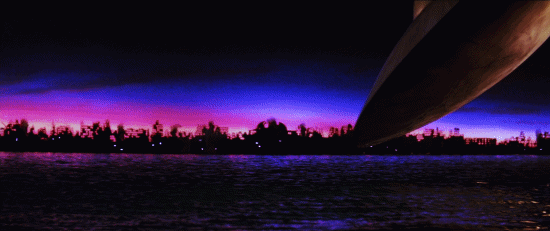







bottom of page
